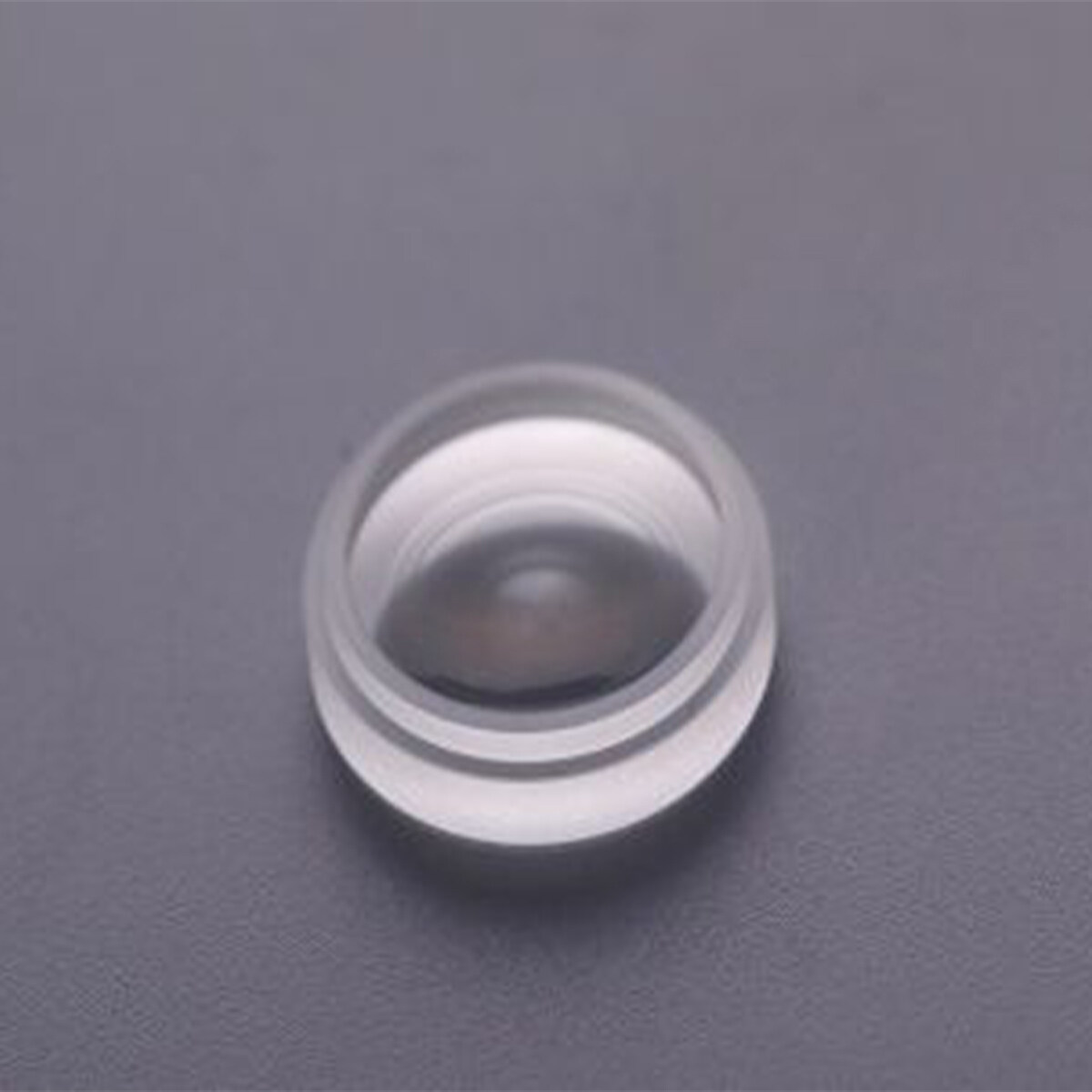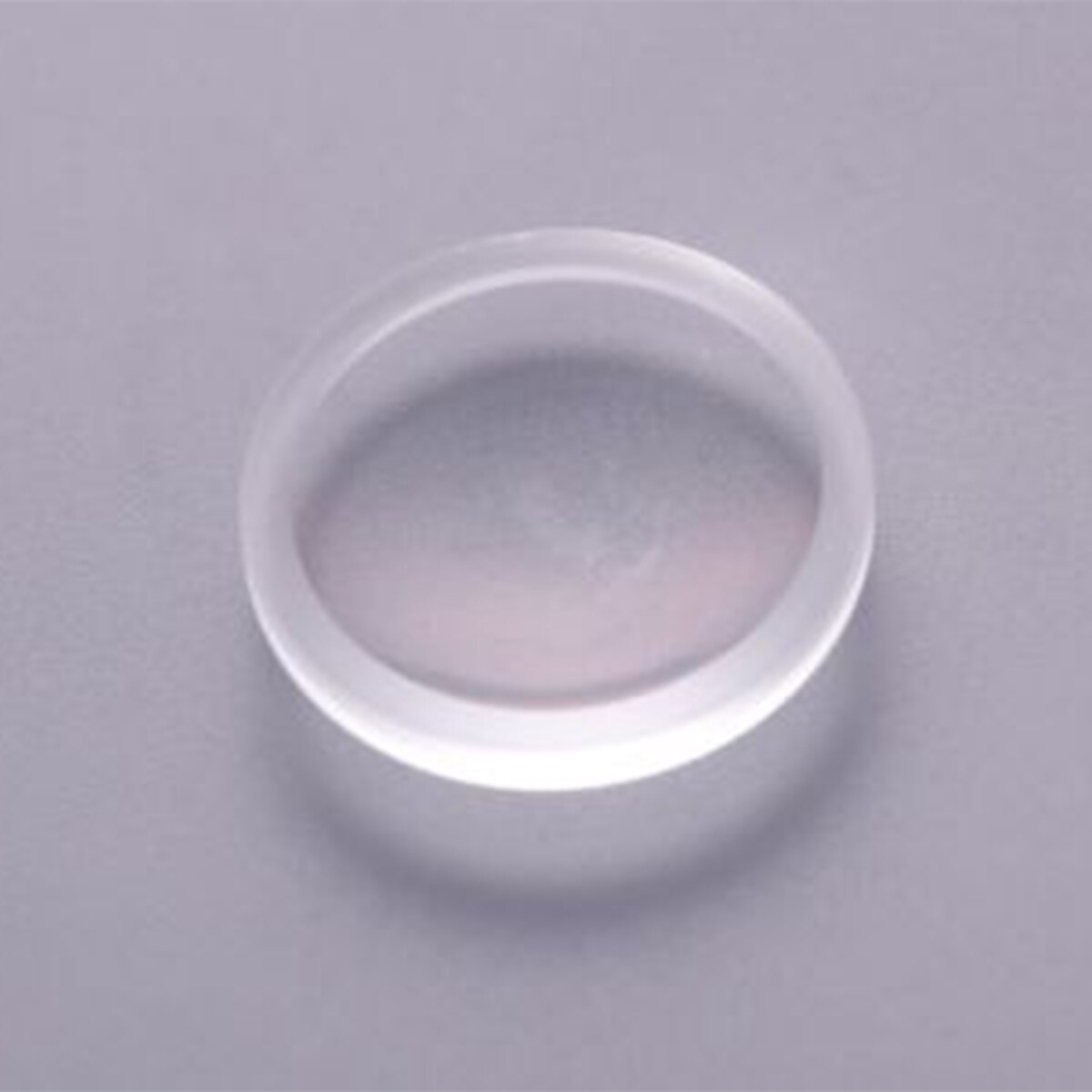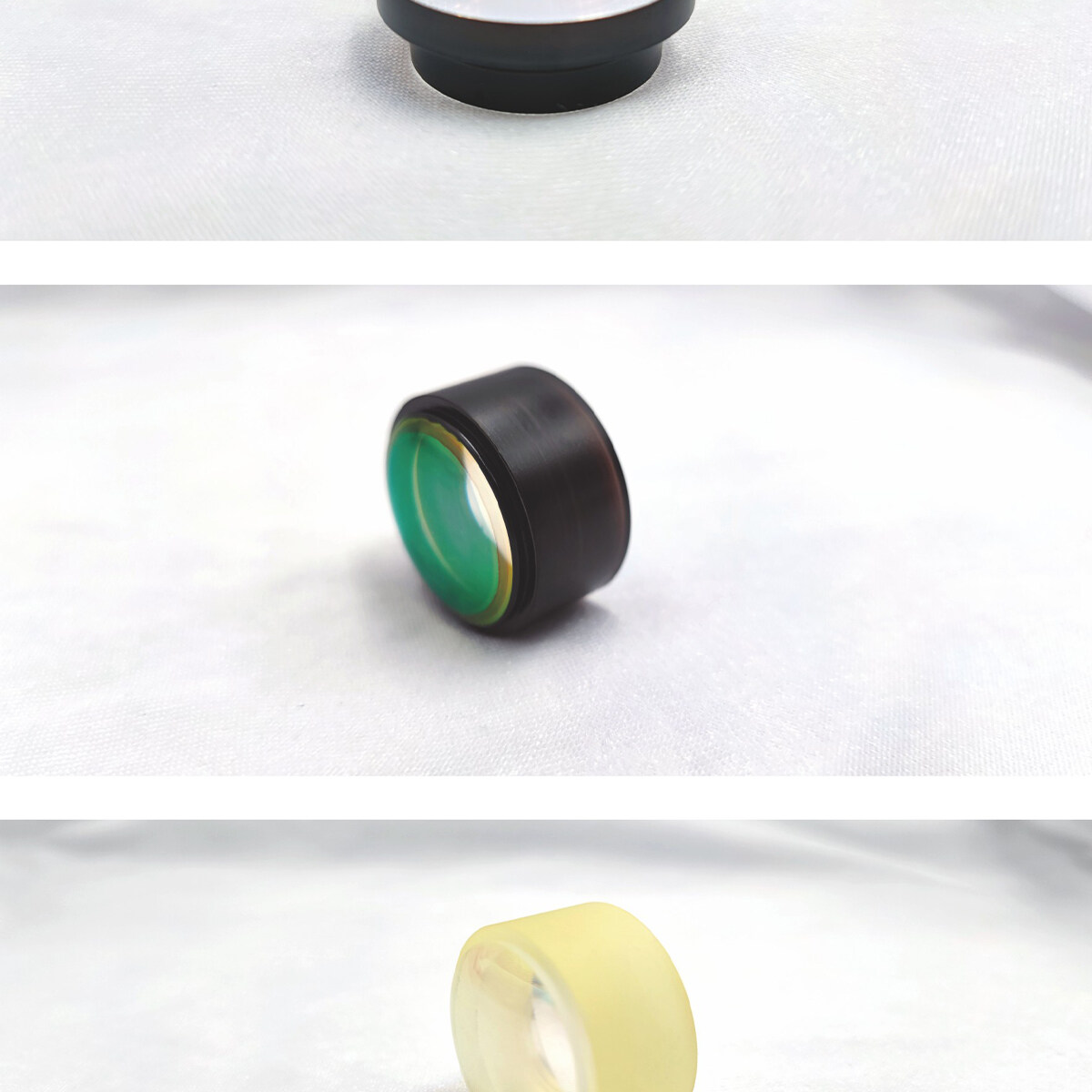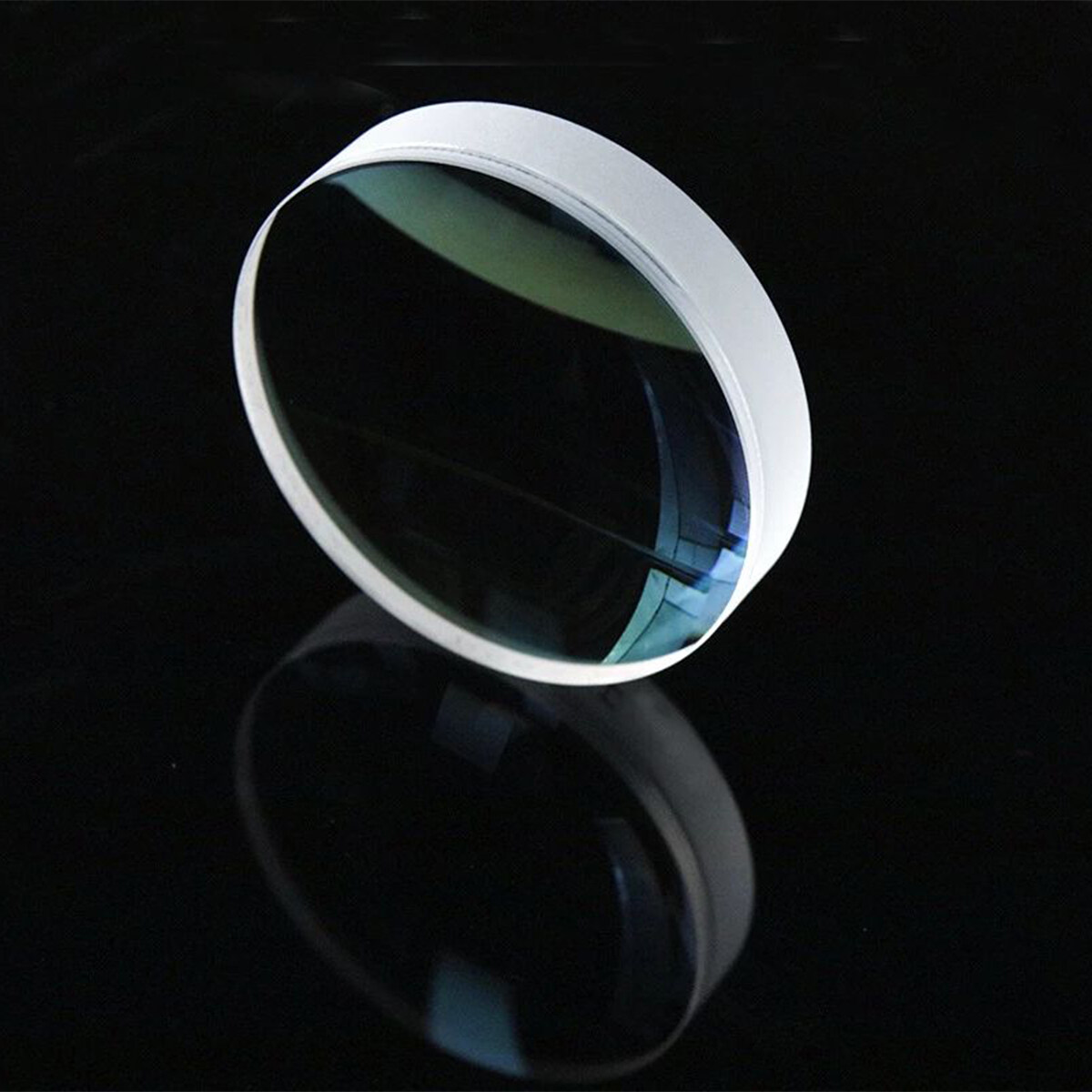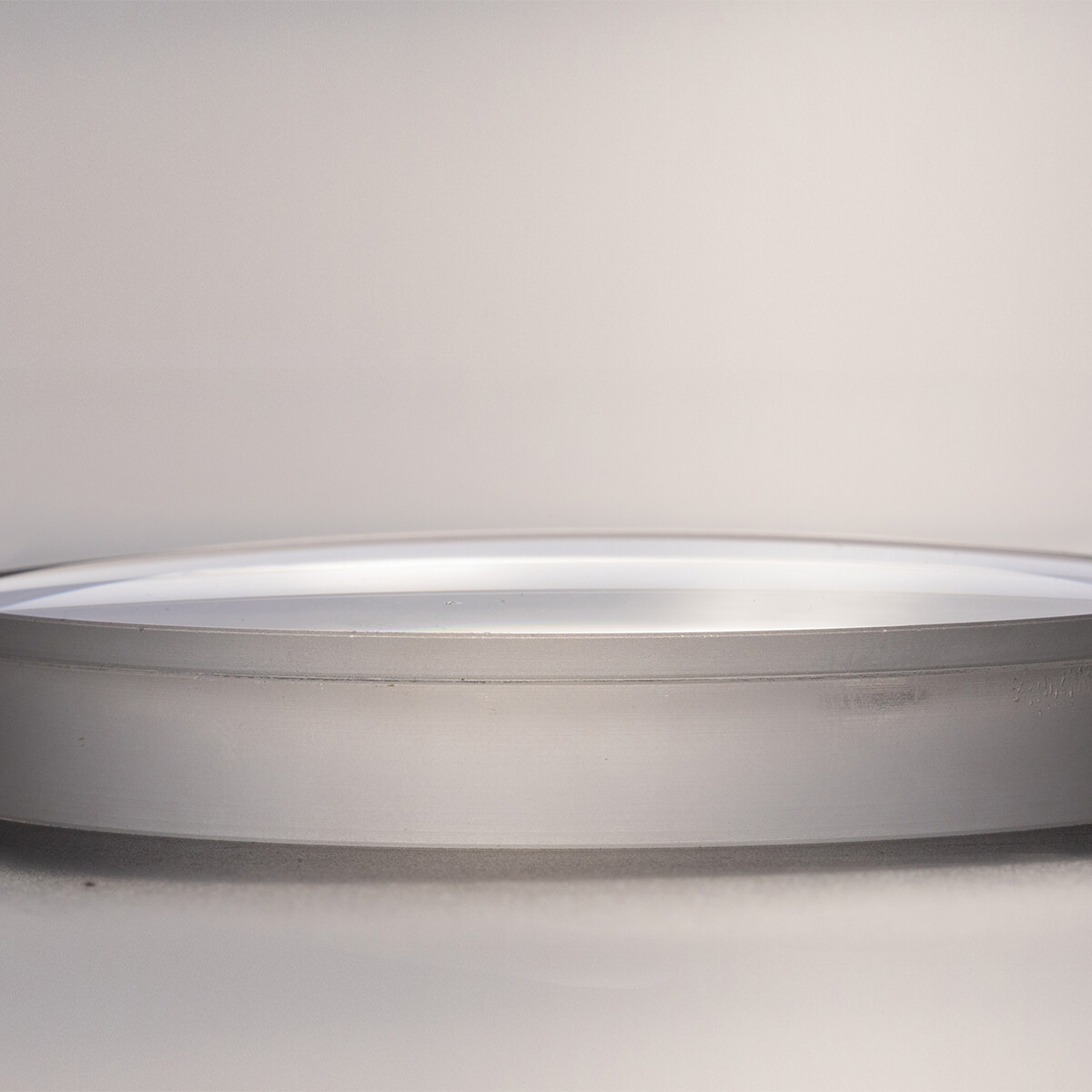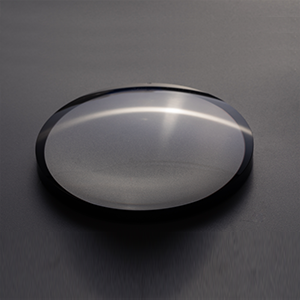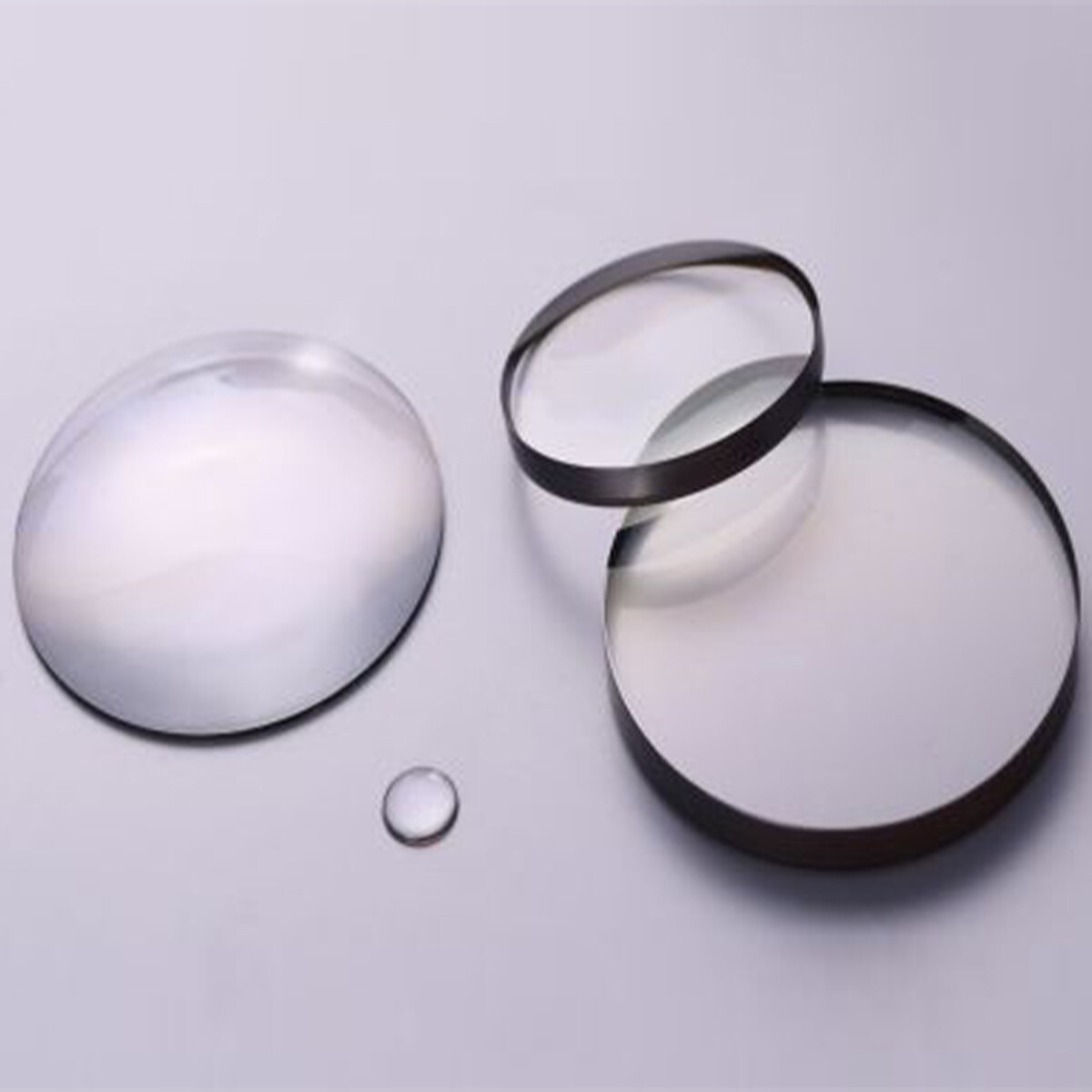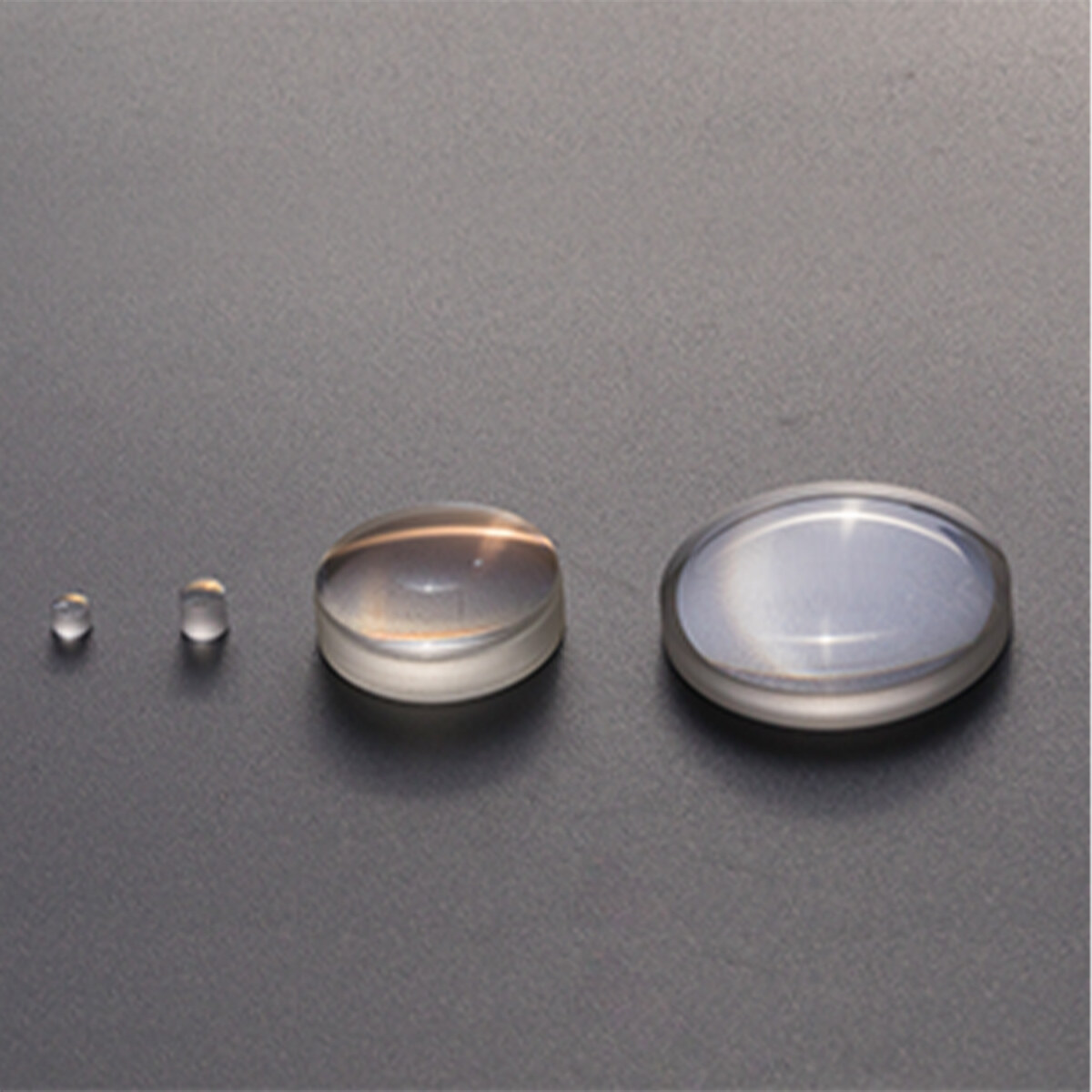Email format error
Email cannot be empty
Email already exists
6-20 characters(letters plus numbers only)
The password is inconsistent
Email format error
Email cannot be empty
Email does not exist
6-20 characters(letters plus numbers only)
The password is inconsistent

Glued Lens
We are an achromatic doublet lens design manufacturer. If you are interested in our products, welcome to contact us.
Glued lens, also known as an achromatic lens, is often used to correct color, which can minimize or eliminate color differences. In addition, the achromatic design also helps to minimize spherical aberration. Achromatic lenses are suitable for various applications such as detection or spectroscopy. Compared with a single lens, an achromatic lens can form smaller light spots.
Principle of glued lens
The glued lens is a kind of lens made of two optical components: positive low refractive index (crown plate) and negative high refractive index (Flint). Compared with the single lens containing only a single glass, the double combination design of the double lens can provide users with additional design freedom and further optimize the lens performance. Therefore, the achromatic lens has more obvious advantages than the monolithic lens with the same diameter and focal length.
The glued lens has various types of configurations, among which the common ones are positive achromatic lens, negative achromatic lens, triple achromatic lens, and aspheric achromatic lens. It should be noted that achromatic lenses can be double (double element) or triple (three elements), and the number of elements is independent of the number of light rays corrected by the lens. In other words, achromatic lenses in a double or triple combination configuration can correct red and blue light in the visible light range.
The achromatic double glued lens is an achromatic lens formed by bonding low dispersion coronal glass positive lens and high dispersion flint glass negative lens. In the design, different dispersion values and lens shapes are optimized at three wavelengths: Blue (486.1nm), green (546.1nm), and red (656.3nm), and the minimum color difference is achieved. Therefore, such a lens can be used in the whole visible light region. Its spherical aberration is also optimized in the design. Compared with a single lens, the spherical aberration of an achromatic double glued lens is much smaller. When used in an infinite conjugate state, its spherical aberration is the smallest.
The achromatic lens is made of a low refractive index coronal glass positive lens and a high refractive index flint glass negative lens. Compared with a spherical single lens, the glued lens composed of two lenses with different refractive index and dispersion can correct chromatic aberration and sphere.
The achromatic lens is widely used in objective lens systems, imaging systems, laser measurement systems, or collimating lenses of laser experiments. The advantage of using UV curing adhesive is that under UV irradiation, bonded lenses can immediately bond with each other. However, if the lens is not well polished, there will be defects when the achromatic lens is glued. In addition, when the optical lens is glued, if the UV irradiation of the irradiation baking is uneven or the achromatic lens gluing layer is not very uniform, the glued part of the optical lens will produce stress and cause defects in the glued lens. The glued lens needs to apply pressure evenly to press the two single lenses together during gluing. It is important to spread the glue evenly and avoid bubbles between the glue and the surface, to form a "thin" glue layer without affecting the visual observation effect.



